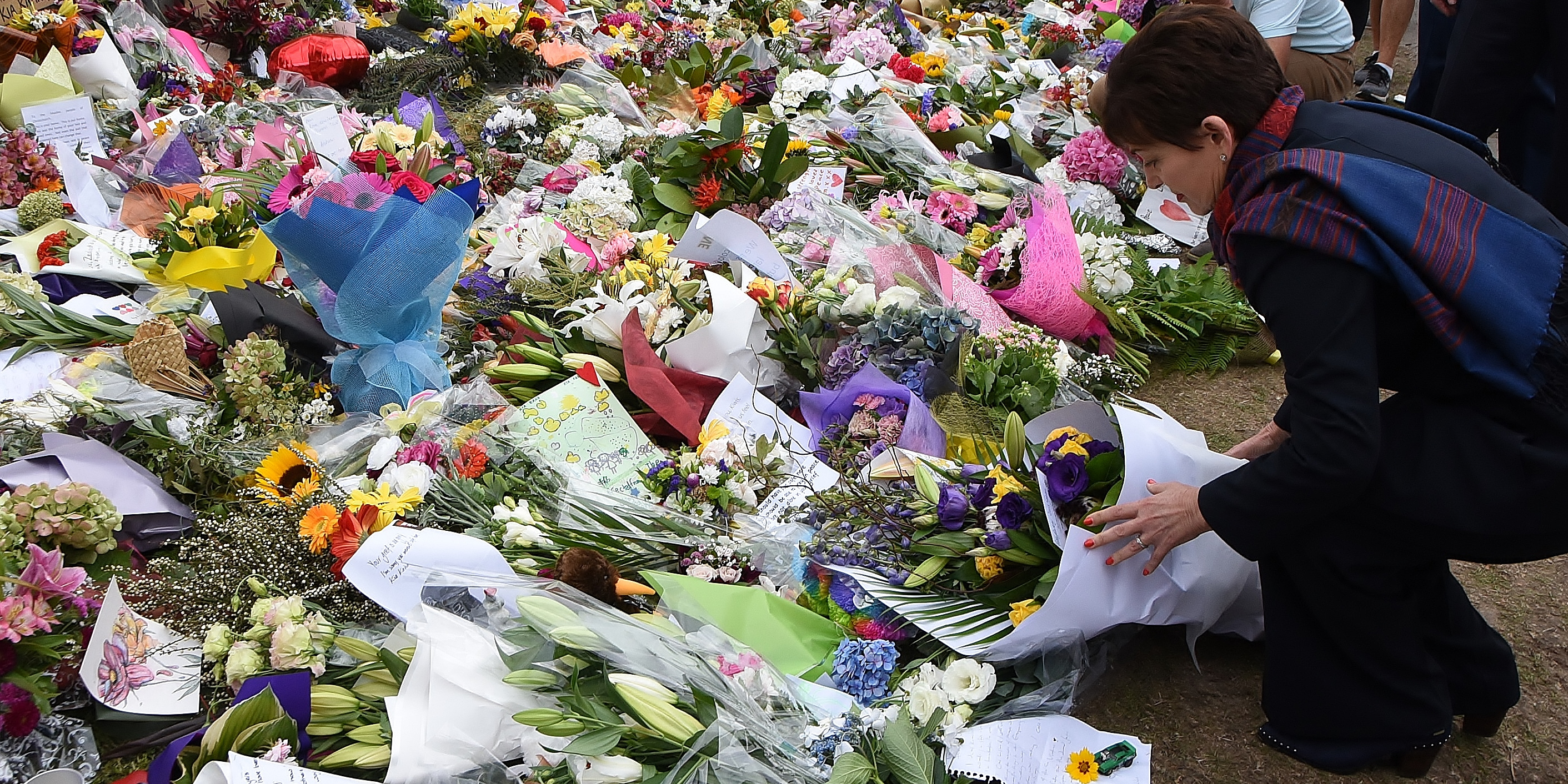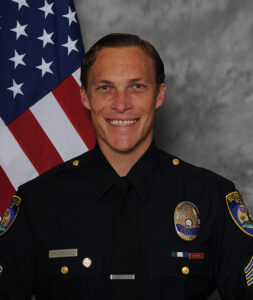This article was originally published in USA Today.
The counterterrorism insight from Brenton Tarrant’s horrific actions in New Zealand is not that he is an aberration in right-wing extremism; it’s that he is not. Yes, he used a camera to livestream the atrocity over social media, and it went viral before it was removed. But that was his only innovation. Tarrant is a typical white supremacist regurgitating the ideology’s usual hateful rhetoric and worldview. His so-called manifesto checks every box on the standard list of violent extremist characteristics.
He expressed the superiority of his racial cohort; he characterized all nonwhite people as “other” and “invaders”; he showed moral absolutism, where his side is always righteous and the other is always evil; he made sweeping statements about race and history to paint an apocalyptic picture for his group; and he littered his writing with white supremacist vernacular (code speak).
There’s nothing new about any of that. In fact, it is common to all violent extremists following any ideology, from white supremacy to Muslim identity. He simply acted on the ideas that extremists around the world discuss and embrace daily, particularly in the United States. He killed at least 50 people at two mosques and we need to call this what it is: terrorism.
For decades, racially motivated extremists have terrorized the communities they hate. The mass murder in 2015 at Emanuel African Methodist Episcopal Church in Charleston, South Carolina, stands out as an example, as does the ISIS-style car-ramming attack in Charlottesville, Virginia, in 2017. There was the attack in October at the Tree of Life synagogue in Pittsburgh, and the case of the self-described white nationalist and Coast Guard lieutenant arrested in February for planning a terror attack.
Yet, while these examples reached the national news cycle, there are dozens of attacks (not all of them fatal) by white supremacists that are not widely known, such as the racially motivated attack on an African-American DJ in Lynwood, Washington; the bombing of a mosque in Bloomington, Minnesota by two members of a white nationalist militia; or the regular violence perpetrated by the white supremacist Rise Above Movement.
Extremist violence like this is sometimes difficult to track because domestic terrorism law is simply not prosecuting the reality. There is seldom a mention of “terror” in the prosecutorial charge sheets. Federal prosecutors have the authority to use the term and should, when an act of far-right violence meets the statutory definition. Failing to do so obscures the true scope of the threat.
Violent White Supremacy Extremism is Terrorism
We could certainly learn a lesson from New Zealand Prime Minister Jacinda Ardern, who unflinchingly labeled the incident a terror attack in her first news conference. The Southern Poverty Law Center found that in 2018, there was a nearly 50 percent increase in the number of white nationalist groups in the United States. Last year, right-wing terrorists killed at least 40 people in the United States and Canada, a massive increase from the 17 who were killed by white supremacists in 2017.
Overall, between 2008 and 2017, right-wing and white supremacist terrorists accounted for 71 percent of fatalities from extremist violence in the United States, according to the Anti-Defamation League.
The attacks that make headlines and those that do not are all rooted in the same hateful ideology. None of the attackers embraced unique or isolated ideas; they didn’t need to. The white supremacist ideology already contains all of the components needed to propel a radicalized individual to violence. And we have hard data showing the threat is regularly materializing. So why is there so much controversy over whether right-wing racially motivated violent extremism is a growing threat?
In 2009, a Department of Homeland Security analysis found that some military veterans could be susceptible to right-wing radicalization, but congressional blowback and fiery debate forced DHS to withdraw the report. Despite the accuracy of that and other research, the threat is still not receiving the attention it warrants, as shown by actions such as the Trump administration’s decision to cut funding for organizations working to end right-wing violence. Furthermore, some public figures consistently downplay the terrorist threat that white supremacists pose.
Why might this be?
One explanation is that white supremacists today operate differently than they did in the past. They are not dressed in Nazi uniforms, and they have eschewed the Ku Klux Klan hood, divesting clear symbols of racial extremism. Instead, they attempt to masquerade as legitimate social justice movements.
However, social justice for a white supremacist means intolerance, segregation, racism, hate and, most important, violence. Despite comments to the contrary, this is not just a “small group of people,” as President Donald Trump said after the New Zealand rampage. It’s not a leftist false flag, as Rush Limbaugh speculated. The shooter was not an “ecoterrorist,” as White House counselor Kellyanne Conway asserted.
It’s a group of extremists and potential “terrorists,” with global aspirations and networks, and there is no question we will see this kind of terrorism erupt again in the United States. This movement is the most dangerous threat to our public safety and homeland security. That fact cannot be overstated, and we need to unapologetically apply the “T-word” when describing its actions.
Ultimately, whether someone believes there is a white supremacist terrorist threat is not relevant to enhancing public safety. What is highly relevant, however, is how those baseless beliefs are communicated to the public, online and across national boundaries, and how they influence counterterrorism policy and investigations. We must treat white supremacy extremism with the same aggressiveness and seriousness of purpose that we have applied to Muslim identity extremism since 2001.
If we do not, what do we think will happen? We can point to New Zealand as a case example, but we do not need to look that far. All the evidence we need is right here at home.




